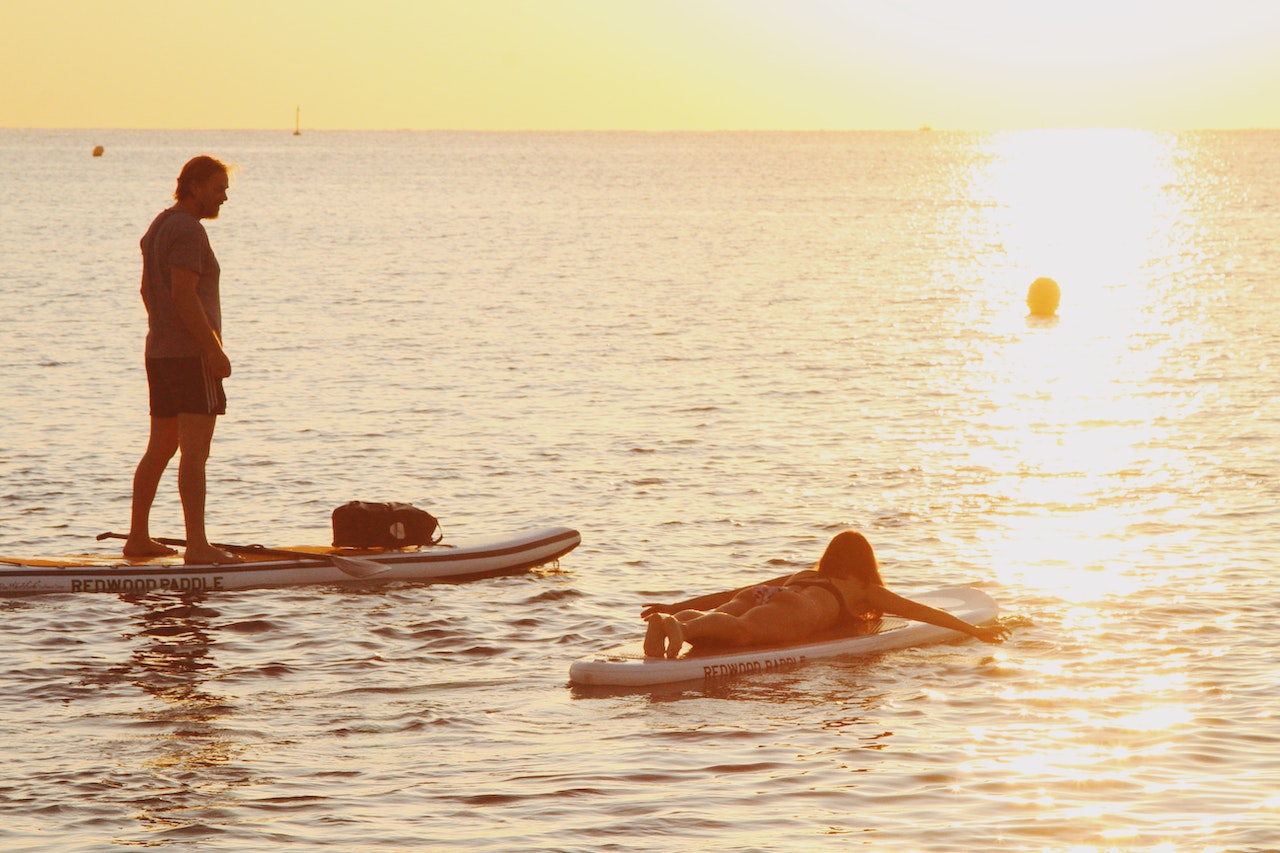Surfing is not just a sport; it’s a lifestyle that captivates people of all ages around the globe. Riding the waves connects individuals with nature in a unique way, offering both physical and mental benefits. Whether you’re a seasoned pro or a complete beginner, the ocean’s energy draws you in and invites you to embrace the challenge. The thrill of paddling out, catching the perfect wave, and riding it to shore can be exhilarating. As surfers hone their skills, they develop a deep respect for the ocean and its power. Surfing encourages a sense of community among enthusiasts, fostering friendships that last a lifetime. In this article, we will explore the various aspects of surfing, from its history to essential techniques and the sense of community it creates.
The Rich History of Surfing and Its Cultural Significance
Surfing has a long and rich history that dates back thousands of years, particularly in Polynesian culture. Ancient Hawaiians were among the first to embrace the sport, using it as a form of transportation and recreation. In Hawaiian society, surfing was more than just a pastime; it was a cultural ritual with deep spiritual significance. The arrival of Westerners in the 18th century brought new boards and techniques, further evolving the sport. By the 20th century, surfing gained popularity worldwide, leading to the establishment of surf culture as we know it today. Surfing is now intertwined with music, art, and fashion, contributing to a lifestyle that celebrates freedom and adventure. Understanding this history enriches the experience for modern surfers, allowing them to appreciate the sport’s profound roots.
Essential Gear for Every Surfer
Having the right gear is crucial for a successful and enjoyable surfing experience. The most important piece of equipment is, of course, the surfboard, which comes in various shapes and sizes to suit different skill levels and wave conditions. Beginners often start with a longer, more stable board, while experienced surfers might opt for shorter, more maneuverable options. In addition to a board, surfers need a wetsuit or rash guard to protect against the elements and abrasions. Wetsuits come in different thicknesses to accommodate various water temperatures, ensuring comfort while paddling. Accessories like leashes, fins, and wax also play a significant role in enhancing performance and safety. Investing in quality gear tailored to your needs can make all the difference in your surfing journey.
Mastering the Basic Techniques of Surfing
Learning to surf can be challenging, but mastering the basic techniques is essential for success. First and foremost, understanding how to paddle is crucial; effective paddling allows surfers to catch waves and maintain momentum. Next, practicing the pop-up technique helps transition from lying on the board to standing up quickly and efficiently. Timing is key when catching waves, so recognizing when to paddle and position yourself is vital. Surfers should also learn to read the waves, understanding how different conditions affect their ride. As you progress, incorporating techniques like carving, trimming, and riding the face of the wave can enhance your skills and style. Regular practice and patience will lead to improvement and greater enjoyment in the water.
Understanding Ocean Conditions and Safety
Surfing requires a deep understanding of ocean conditions and safety precautions. Before hitting the waves, surfers should familiarize themselves with local surf spots, including their hazards and specific wave patterns. Factors like tide, wind direction, and swell size can significantly impact the surfing experience, so it’s crucial to check forecasts before heading out. Safety should always be a priority; wearing a leash keeps your board close and minimizes the risk of injury to yourself and others. Additionally, understanding rip currents and how to navigate them is essential for staying safe in the water. Being aware of fellow surfers and practicing good etiquette can also contribute to a positive surfing experience for everyone. With knowledge and respect for the ocean, surfers can enjoy their time in the water while minimizing risks.
The Sense of Community Among Surfers
One of the most rewarding aspects of surfing is the strong sense of community it fosters among enthusiasts. Surfers often bond over their shared love for the ocean, exchanging tips, stories, and experiences. Local surf spots become gathering places where friendships are formed, creating a supportive environment for both beginners and seasoned surfers. Surf events, competitions, and festivals further strengthen these connections, offering opportunities for camaraderie and celebration. Additionally, many surfers are passionate about ocean conservation and work together to protect marine environments. This shared commitment to preserving the ocean deepens the sense of community and purpose among surfers. As a result, surfing transcends the sport itself, becoming a way of life that connects people from all walks of life.
In conclusion, surfing offers an unparalleled combination of thrill, challenge, and community. From its rich history and cultural significance to the essential techniques and safety considerations, understanding the various aspects of the sport enhances the experience for everyone involved. As surfers connect with the ocean and each other, they become part of a vibrant global community that celebrates adventure and respect for nature. Whether you’re paddling out for the first time or riding the waves like a pro, surfing is a journey filled with growth, joy, and unforgettable memories. Embrace the thrill of surfing and discover the magic of the ocean that captivates so many.



